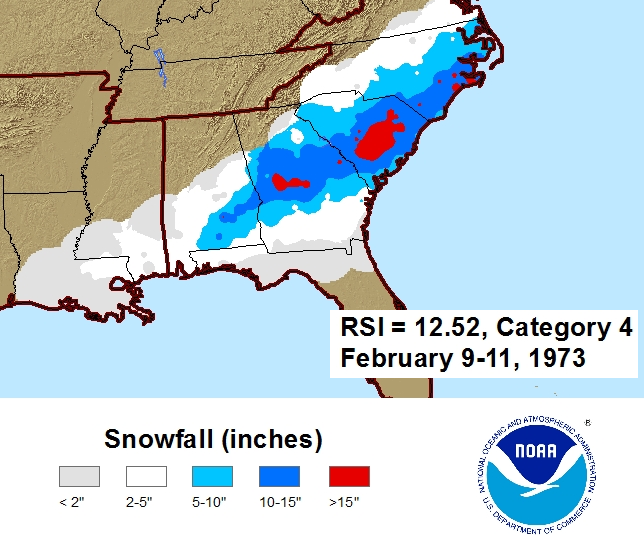Nino 3.4 warmed from +0.2 to +0.4 in today's weekly update. The subsurface also warmed slightly.
The June Eurosip recently updated and is a little warmer than the May update with low end weak El Niño (near +0.5 in Niño 3.4) for ASO averaged out with it warming to near +0.6 in Oct. This near +0.5 compares to near +0.35 for ASO in the May update.
Consistent with this warming, it has even higher pressures in the MDR for ASO from near 30W westward through the Caribbean and the GOM vs the already pretty high pressures shown in the May update. This update now has slightly higher pressure than the June ASO forecast for 2014. The June forecast for ASO 2015 is still somewhat higher with the pressures and is the only June forecast showing higher ASO pressures vs 2018. The message is clearly to expect a pretty quiet season in the MDR through the GOM overall with perhaps near normal north of 30-35N east of the CONUS to possibly up to near the NE US/SE Canada assuming this forecast has a decent clue.
The June Eurosip recently updated and is a little warmer than the May update with low end weak El Niño (near +0.5 in Niño 3.4) for ASO averaged out with it warming to near +0.6 in Oct. This near +0.5 compares to near +0.35 for ASO in the May update.
Consistent with this warming, it has even higher pressures in the MDR for ASO from near 30W westward through the Caribbean and the GOM vs the already pretty high pressures shown in the May update. This update now has slightly higher pressure than the June ASO forecast for 2014. The June forecast for ASO 2015 is still somewhat higher with the pressures and is the only June forecast showing higher ASO pressures vs 2018. The message is clearly to expect a pretty quiet season in the MDR through the GOM overall with perhaps near normal north of 30-35N east of the CONUS to possibly up to near the NE US/SE Canada assuming this forecast has a decent clue.




